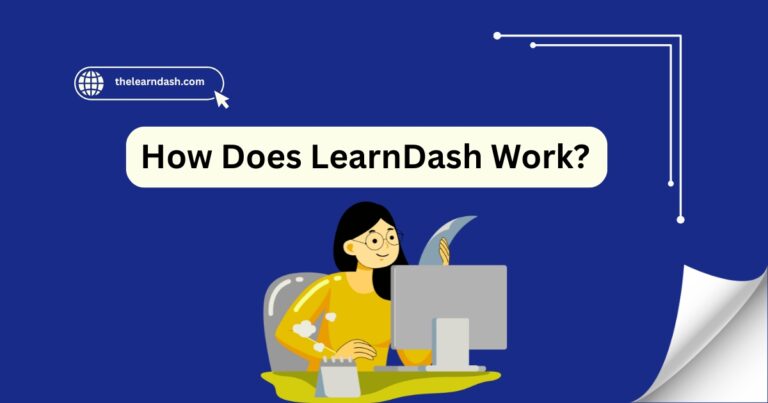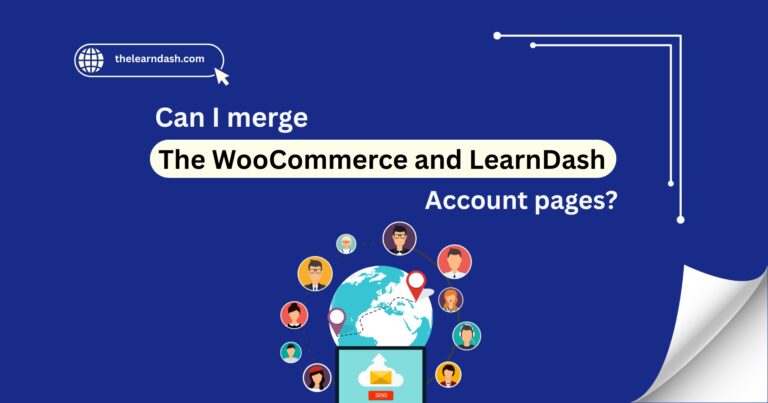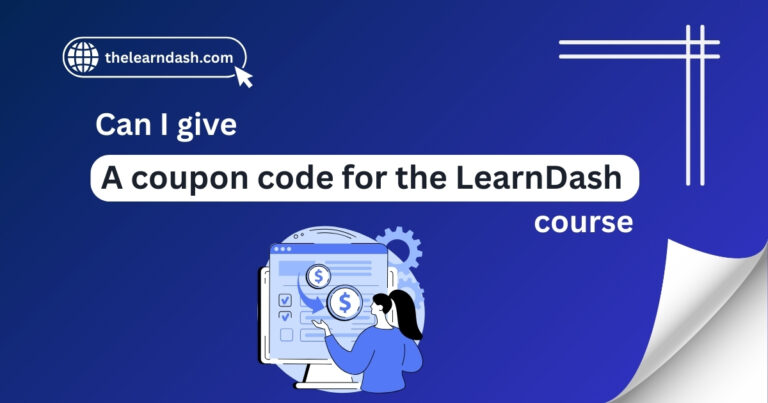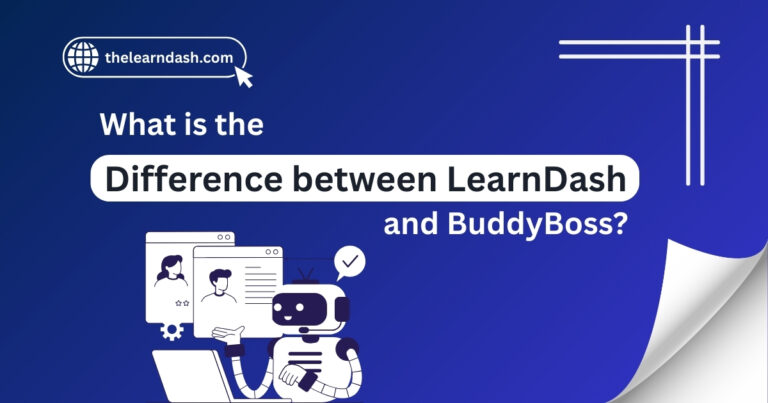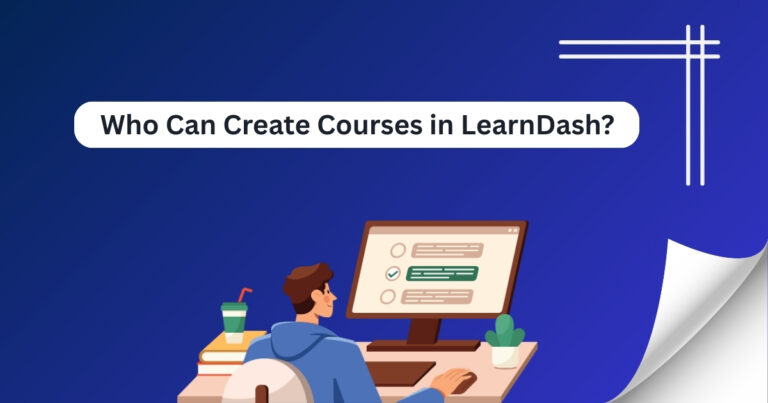Are LearnDash Pages Automatically Private?
Many course creators think their LearnDash course pages are automatically private, but that’s not always the truth. Sometimes, visitors to your website might be able to access lesson or topic pages, even if they haven’t signed up.
This can lead to confusion among visitors, make your course look unprofessional, and even give away parts of your content for free.
This usually happens because of default settings in WordPress or your LMS that don’t fully hide pages unless you set them up correctly.
The good news is that there are solutions. By reviewing your page visibility configurations, updating course access settings, and utilizing the right membership tools.
Need help with this? Book our free consultation today, and we’ll help you set everything up the right way.
Why Some Course Pages Might Be Public
When you create course pages using LearnDash, they follow WordPress’s default settings. That means unless you change the visibility, those pages are public by default, just like regular blog posts or pages.
So even if someone isn’t enrolled, they might:
This isn’t a mistake—it’s how WordPress works unless you manually change the settings.
Read this: Who Can Create Courses in LearnDash?
How to Make LearnDash Pages Private
To protect your course content and make sure only enrolled users can view it, here’s what you should do:
Set the Right Access Mode
When creating or editing a course, go to Course Settings > Access Mode and choose:
Use a Content Protection Plugin
Install a plugin like MemberPress, Restrict Content Pro, or WooCommerce Memberships. These plugins help control who sees what and work well with LearnDash.
Check Each Lesson and Topic
Even if your course is set to private, each lesson and topic must also be linked correctly. Make sure they are all part of the course with restricted access. Otherwise, they might still be public.
Best Practices to Keep Course Content Secure
Example: What Happens Without the Right Settings?
Imagine you create a course called “Basic Digital Marketing.” You set the course to Free but forgot to protect the lesson pages. Those pages may show up on Google, and visitors might read parts of your lessons, even without enrolling.
If you instead set the access mode to Closed and use a protection plugin, only enrolled users will see the content. This protects your work and keeps your course professional.
Read this: What Role to Post in LearnDash?
Final Tip: Test Everything Before Launch
Before going live:
Protect your course content and keep it exclusive to your learners. Join us today and take advantage of a 75% discount on the original LearnDash license, plus expert support to secure every page of your course.


